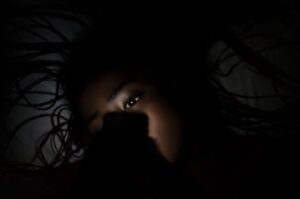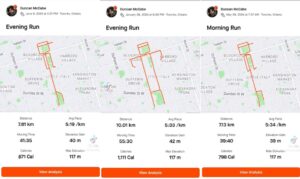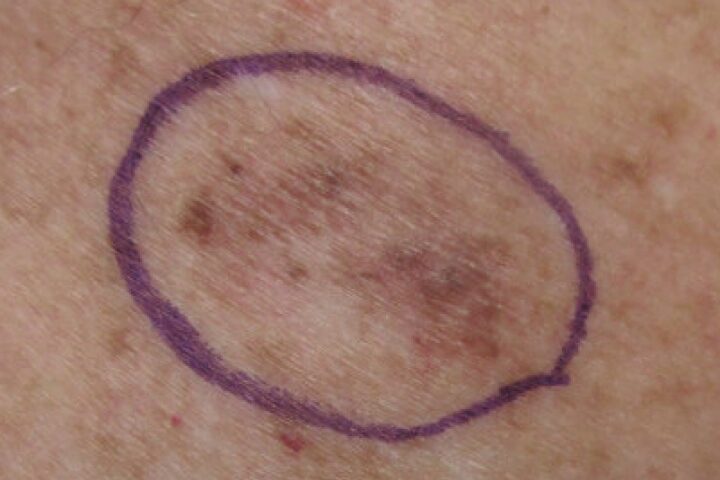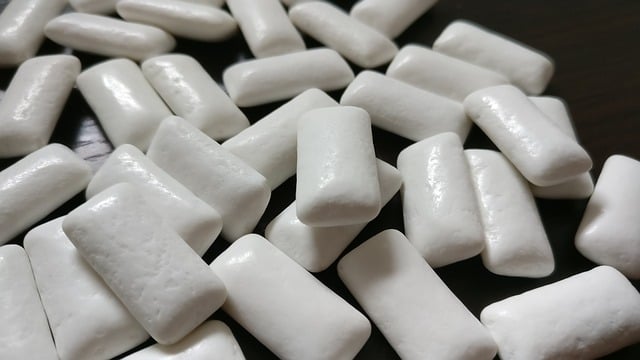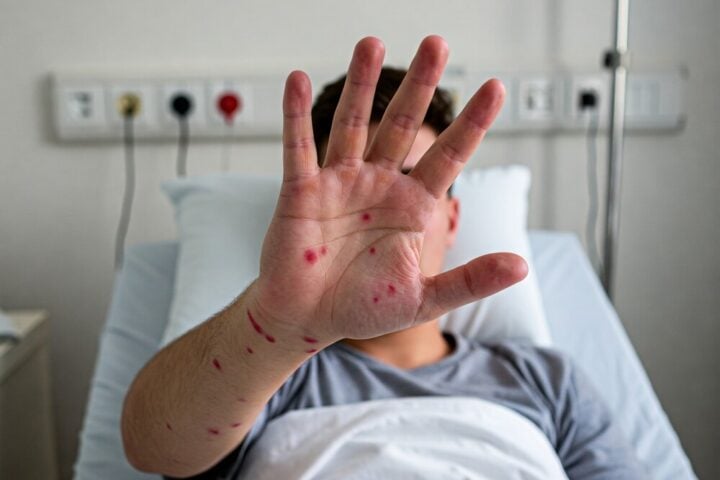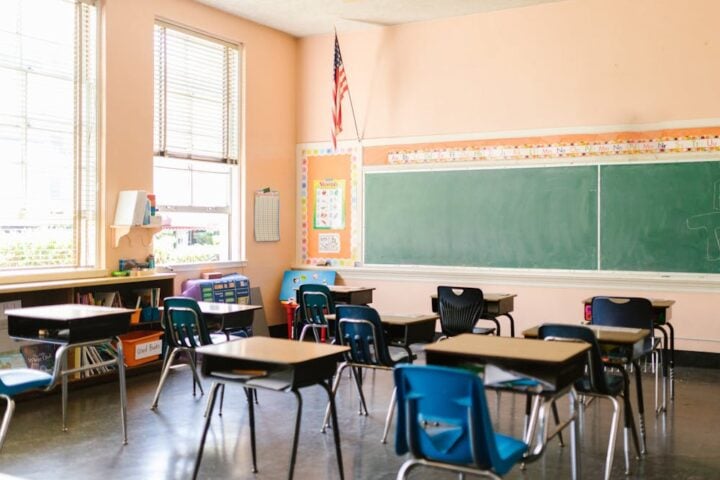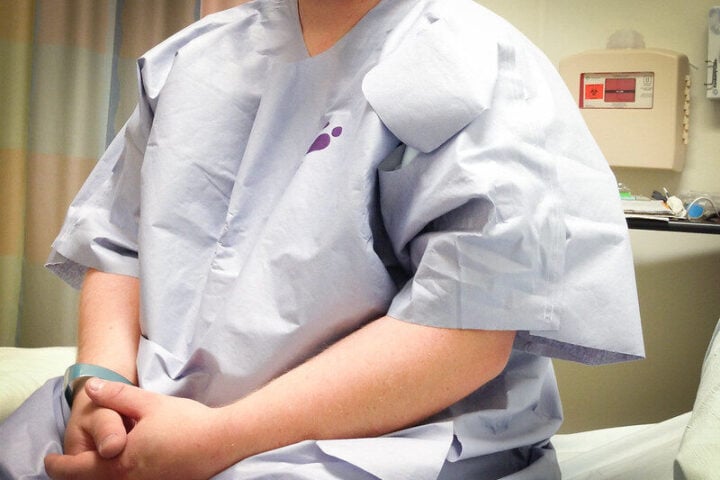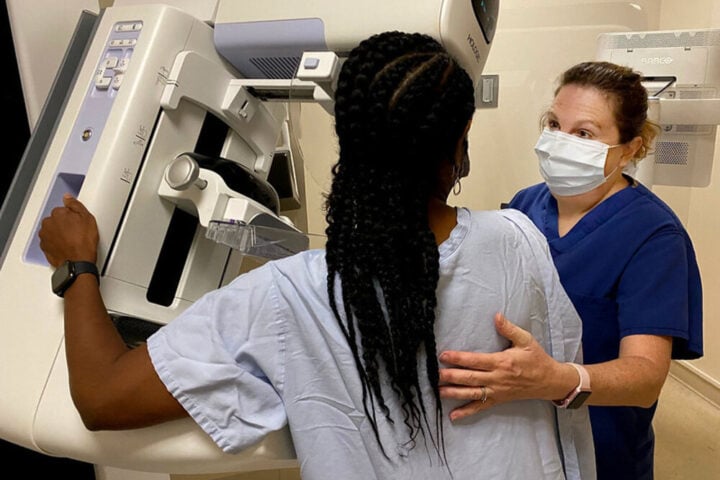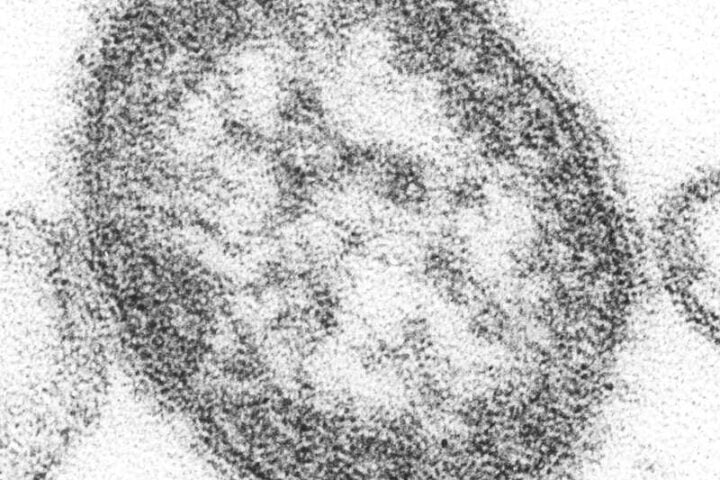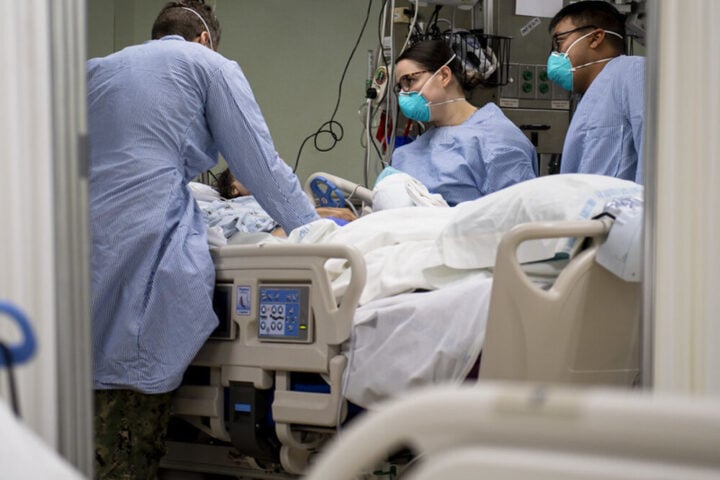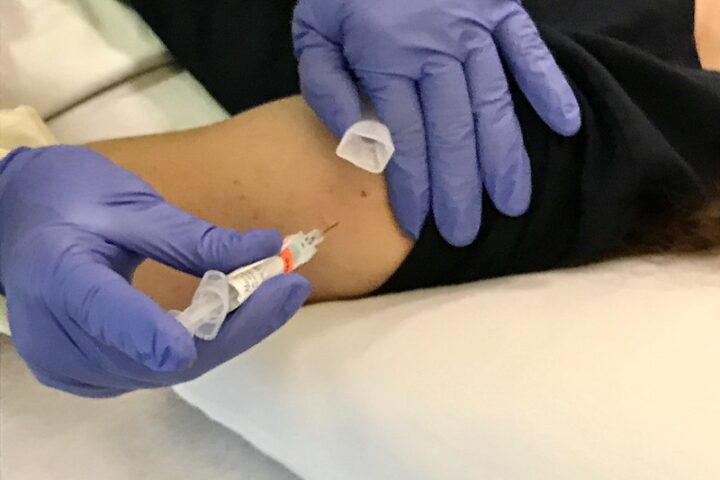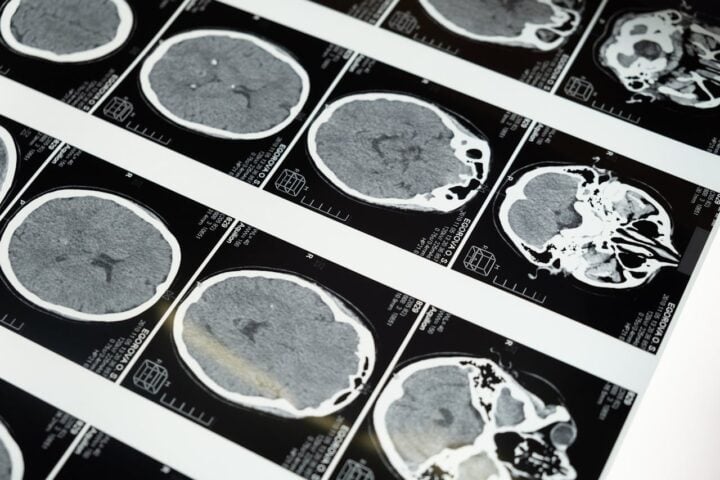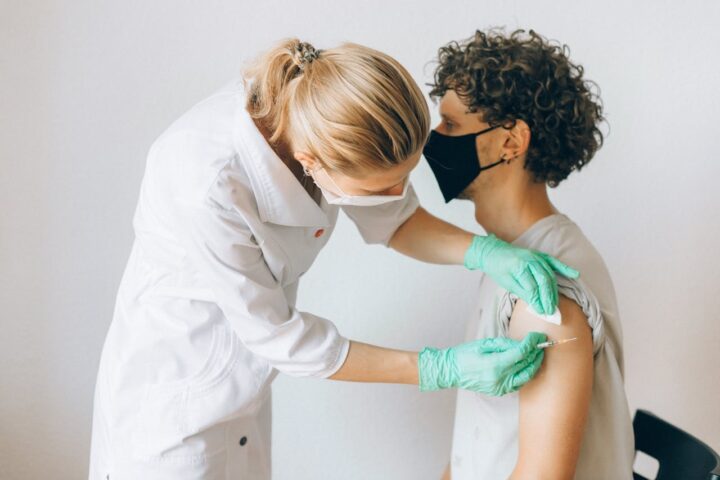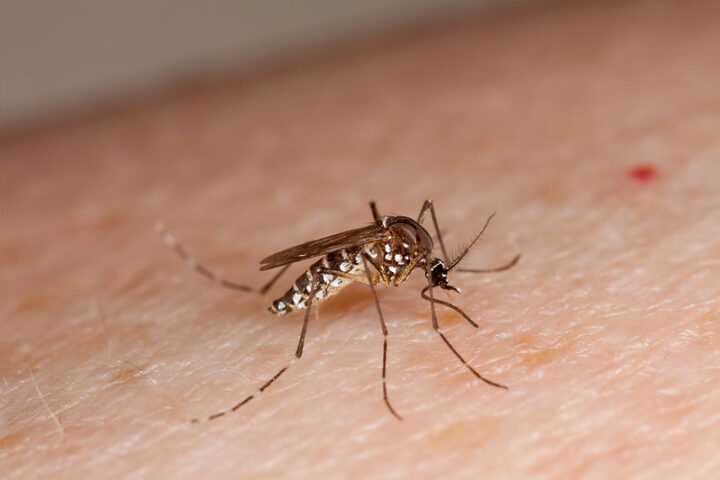Contents:
- Mental Health Assessment Tool
- Understanding the Scale
- The Brain Science Behind Addiction
- Breaking Free: A Science-Based Approach
- Digital Tools for Recovery
- Gender-Specific Recovery Paths
- Supporting Partners and Families
- Workplace Impact and Professional Support
- Cultural Contexts and Global Trends
- Recovery Success Stories
- Maintaining Long-Term Recovery
- Related Digital Dependencies
- Moving Forward
- Legal and Policy Developments
In 2024, porn addiction has become a pressing mental health concern affecting millions worldwide. A research published earlier this year in the journal Addiction reveals that possibly 16.6% of people experience problematic pornography use – a number comparable to other common mental health conditions.
“Our research shows that the problematic pornography use may be more common than many might think and affects a wide range of people,” explains Dr. Beáta Bőthe, assistant professor of psychology at the University of Montreal and director of the Sexuality, Technology, and Addictions Research Laboratory (STAR Lab). “It highlights that while many are struggling, not many seek help. That’s important because it suggests that more work needs to be done to understand and support those who are affected by it,” she adds.
Mental Health Assessment Tool
Assessment Results
Understanding the Scale
The statistics paint a clear picture: 94% of men and 87% of women have viewed pornography at some point, according to research by Dr. John Foubert. Regular consumption stands at 64% for men across age groups and 34% for women ages 18-30.
The internet’s role in this epidemic comes down to what Dr. Al Cooper identified as the “triple-A engine”: pornography that’s affordable, accessible, and anonymous. With porn now accounting for 12% of all web pages, casual viewing can quickly spiral into compulsive use.
The Brain Science Behind Addiction
Dr. Patrick Carnes, in his book “In the Shadows of the Net,” identifies ten characteristics of problematic online sexual behavior, including preoccupation with sex on the Internet, using sex on the Internet as a way of escaping from problems, and jeopardizing significant relationships due to online sexual behavior.
The addiction works by hijacking the brain’s reward system. “Porn addiction is similar to a drug addiction,” says Dr. Sachi Ananda – Director of Shatterproof at FHE Health. ” When the reward centers are damaged, everyday living, including real-life sex, won’t nearly be as pleasurable as watching porn … Seeking constant pleasure from porn addiction is no formula for living a healthy, balanced, and meaningful life.”
Breaking Free: A Science-Based Approach
Research shows these strategies help overcome porn addiction:
1. Track Your Emotional State
Check in with yourself hourly to identify vulnerable moments before cravings take over. Understanding your emotional triggers allows you to intervene early.
2. Create Environmental Barriers
Install content blockers and filters on devices. One former addict told Karmactive, who preferred to remain anonymous, shares: “Since using accountability software on my laptop and mobile device, I’m now 138 days porn-free after struggling for 25 years.”
3. Build Support Systems
Only 4-10% of individuals with problematic pornography sought help, Dr. Bőthe’s research found. Whereas, approximately 20–40% wanted to but didn’t know where to start or felt embarrassed.
4. Address Underlying Issues
“This chronic stress can exacerbate mental health issues like anxiety, depression, and post-traumatic stress disorder (PTSD), which are known risk factors for addiction,” explains Steve Rose, PhD, an addiction counsellor and former academic researcher.
Digital Tools for Recovery
Finding your way through porn addiction recovery can feel overwhelming, but technology now offers powerful allies in your journey. “With the iPads and the phones and we’re just giving our kids a loaded gun,” says Jerri Jorgensen, Co-founder and Family Liaison at Desert Solace. “This ease of access means that children are finding pornography at younger ages than ever before. Because teenagers rely on smartphones to keep in touch with their peers and adults rely on both cell phones and computers for work purposes, pornography is constantly just a tap or a click away,” she asserts. Browser extensions that block explicit content serve as crucial barriers. Modern technology offers practical solutions for those seeking freedom from porn addiction.
Here’s your straightforward guide to the digital tools that can support your recovery process.
- Covenant Eyes: Your Digital Accountability Partner Think of Covenant Eyes as your 24/7 recovery companion. This sophisticated app continuously monitors your internet activity, creating detailed reports of your browsing patterns. These reports go directly to someone you trust – maybe a therapist, close friend, or family member. The real power lies in its ability to filter out triggering content before it reaches your screen, helping you avoid those challenging moments of temptation.
- Plucky: Rethinking Internet Freedom Plucky takes a fresh approach to recovery support. Instead of the traditional blacklist method that blocks “bad” sites, it uses a whitelist system – you can only visit pre-approved websites. This flip in perspective helps rewire your browsing habits. The app includes precise time controls, letting you set specific hours for internet access, and robust password protection to prevent impulsive changes during vulnerable moments.
- ScreenTime: Your Reality Check Sometimes awareness is the most powerful tool. ScreenTime keeps a constant presence on your device, showing exactly how much time you’re spending online. This Android-specific tool acts like a gentle tap on the shoulder, reminding you to stay mindful of your digital consumption. Its persistent notification system ensures you can’t ignore your usage patterns.
- Canopy: AI-Powered Protection Canopy brings artificial intelligence to recovery support. Rather than blocking entire websites, its smart AI system identifies and removes adult content in real-time. This targeted approach means you can still access legitimate content while avoiding triggers. The app goes beyond basic filtering with built-in protection against sexting and location monitoring features for comprehensive digital safety.
- Qustodio: Your Digital Guardian Qustodio serves as a comprehensive digital safety net. Beyond blocking harmful content, it keeps watch over your social media activity, understanding that triggers can come from unexpected places. The app analyzes your usage patterns to help identify potential risk periods, allowing you to stay one step ahead of challenging situations.
- Net Nanny: Your Detailed Defense System Net Nanny provides an extra layer of protection through detailed activity monitoring. It creates comprehensive reports about any inappropriate content you might encounter, helping you understand and adjust your online behavior patterns. The app’s parental control features can be repurposed for self-monitoring, giving you more control over your digital environment.
Each of these tools represents a different approach to supporting your recovery journey. The key isn’t just installing them all, but finding the one that feels right for your specific needs and recovery style. Remember, they’re meant to support your journey, not control it.
Gender-Specific Recovery Paths
Women face unique challenges in porn addiction recovery. “Common signs of female porn addiction include a persistent inability to control the urge to watch pornography, using porn as an emotional crutch, and feeling guilt or shame after viewing it,” explains Integrative Family Counseling and Psychology. ” These behaviors can disrupt daily life and create a sense of dependency.”
Research uncovers distinct viewing patterns among gender-diverse individuals and sexual minorities. Dr. Beáta Bőthe’s studies show that transgender and non-binary people often use pornography differently than cisgender individuals, frequently seeking content that reflects their identity experiences or aids in gender and sexual exploration.
While LGBTQ+ individuals may consume porn more frequently than heterosexual peers, Dr. Bőthe explains this doesn’t translate to higher problematic use: “Sexual minority individuals may watch porn more frequently than their heterosexual peers – because it may be more challenging for them to find romantic or sexual partners or because they use porn to learn about their sexuality – they don’t report more problems with their porn use.”
This finding challenges assumptions about consumption frequency and addiction risk, suggesting that motivation and context matter more than viewing rates alone.
A study highlighting intersectional stigma that affects women’s sexual health across multiple domains summarized “Intersectionality remains a critical framework for eliciting more representative sexual health data among multiply minoritized populations among sexual and gender minority women.”
Supporting Partners and Families
A guide, The Harms of Pornography, from United Families International emphasizes the importance of family support and monitoring. It states, “The price tag of pornography is crime, exploitation, sexual assault, child abuse, fractured marriages and families, addiction and compulsion, distracted and uprooted lives and tremendous social costs for the communities, employers and government agencies paying the resultant costs.”
Utah State University highlights, “Relationship trust decreases due to dishonesty and deception about pornography use,” and suggests that professional counseling can help address these challenges.
Workplace Impact and Professional Support
A 2023 study by Ofcom found that a significant portion of porn consumption occurs during work hours, with 21% of UK adults accessing pornographic content between 9 a.m. and 5:30 p.m. This behavior can indeed affect productivity and create legal liability risks.
Research published in Psychology Today reveals that 70% of Internet pornography consumption happens during work hours, between 9 a.m. and 5 p.m. This behavior is linked to unethical behavior and can contribute to a hostile work environment.
Employee Assistance Programs (EAPs) increasingly offer confidential support for porn addiction, recognizing its impact on workplace performance.
Cultural Contexts and Global Trends
A review in Current Addiction Reports discussed how cultural factors, such as internet accessibility and social stigma, influence pornography use and recovery success rates. The review noted that Asian and African countries are more conservative, limiting treatment options, while European, American, and Oceanian countries have more liberal attitudes towards pornography and better treatment protocols. “European, American, and Oceanian countries strongly believe that pornography helps with sexual education,” the study stated.
A 2019 study found that 11% of men and 3% of women in the U.S. self-reported being addicted to pornography, with similar rates observed in a few other countries.
More Stories
Recovery Success Stories
A former addict, shared his situation with Karmactive: “There have been years where a day didn’t pass without watching porn. Now, I’m entering a life with free days and weeks. It’s hard, with many ups and downs. But I can look at my girlfriend, friends, and family, and know I’m getting better for them.”
A middle aged female working professional shares a female perspective with Karmactive: “Growing up in a Christian home, admitting I had a problem with porn was especially difficult. After finally disclosing my addiction to my husband and seeking help, freedom from this addiction is becoming a reality.”
Maintaining Long-Term Recovery
Long-term success requires ongoing vigilance. Recovery experts at Still Mind Florida report that breaking free from porn addiction isn’t a quick fix but a gradual transformation. As individuals progress in their recovery journey, they often experience noticeable improvements in both emotional wellbeing and interpersonal connections.
Addiction Help’s research reinforces this understanding: sustainable recovery demands consistent commitment and a multi-faceted approach combining professional guidance, community support systems, and personalized coping strategies. The organization emphasizes that while the journey requires dedication, these combined interventions effectively help manage compulsive viewing patterns.
This science-based perspective frames recovery not as a destination but as an ongoing process of neurological and behavioral change, supported by clinical intervention and community reinforcement.
Key strategies include: Regular check-ins with accountability partners, stress management through mindfulness practices, continued therapy or support group participation, development of healthy relationship patterns.
Related Digital Dependencies
According to the Center for Internet & Technology Addiction, behavioral addictions such as gaming, social media, and pornography trigger brain responses similar to substance abuse, making recovery challenging.
The American Psychiatric Association highlights that excessive and compulsive use of various types of technologies, including social media, gaming, and pornography, can lead to negative consequences in various aspects of an individual’s life. “Some people may be particularly vulnerable, especially those with high levels of internet use for socialization, education, and entertainment,” explains ASA.
Moving Forward
Recovery requires patience, self-compassion, and professional support when needed. Breaking free from porn addiction requires both personal commitment and understanding the science behind recovery. A landmark International Sex Survey (ISS) of 82,000 people across 42 countries reveals that problematic pornography use (PPU) affects 3.2% to 16.6% of people globally, with highest rates in Taiwan, China, Malaysia, Turkey, and Brazil.
Recovery success builds on five core pillars:
- Self-Awareness and Commitment Recognizing the problem is crucial, especially since only 4-10% of people with PPU seek help. Another 21-37% want treatment but face barriers like cost or uncertainty about resources. The first step? Honest self-assessment and commitment to change.
- Understanding Your Triggers Men experience the highest PPU rates, followed by gender-diverse individuals and women, though sexual orientation doesn’t impact prevalence. Identifying personal triggers and developing avoidance strategies proves essential for lasting recovery.
- Building Support Networks The research shows recovery can’t happen in isolation. Professional counseling helps address underlying trauma, while 12-step and peer support groups provide crucial accountability. Building a strong support system counters the shame that often prevents people from seeking help.
- Developing Healthy Coping Tools Recovery demands new stress management techniques. This means creating a relapse prevention plan, establishing productive habits, and finding healthier ways to handle difficult emotions.
- Taking Practical Action Success requires concrete steps: removing access to porn content, installing protective software, strengthening real-world relationships, and working with mental health professionals who understand addiction recovery.
These findings and strategies underscore a key truth: while porn addiction patterns vary across cultures and demographics, recovery becomes possible through a combination of self-work, community support, and professional guidance.
Legal and Policy Developments
Recent legislation in multiple countries addresses pornography access. The UK’s Online Safety Bill requires age verification for adult content websites. Similar measures in Australia and Canada aim to reduce youth exposure to explicit material.
“As the evidence on the harms of pornography piles up, it has become clear that we can no longer sit back and allow the porn industry to hijack the sexual and emotional well-being of our culture. Extensive scientific research reveals that exposure to porn threatens the social, emotional and physical health of individuals, families and communities,” says Gail Dines, Founder and President of Culture Reframed and Professor Emerita of Sociology and Women’s Studies. “These impacts highlight the degree to which porn is a public health crisis that undermines women and children’s human rights, rather than being a private matter,” he reiterates.
Dr. Bőthe emphasizes: “it’s important to acknowledge that these patterns are influenced by a complex interplay of personal, societal, and cultural factors and can vary widely within groups. And the perception and impact of pornography consumption can vary greatly among individuals within these groups.”
For those struggling, numerous treatment options exist, from cognitive behavioral therapy to support groups and digital wellness tools. With dedication and the right support system, breaking free from porn addiction is achievable.
